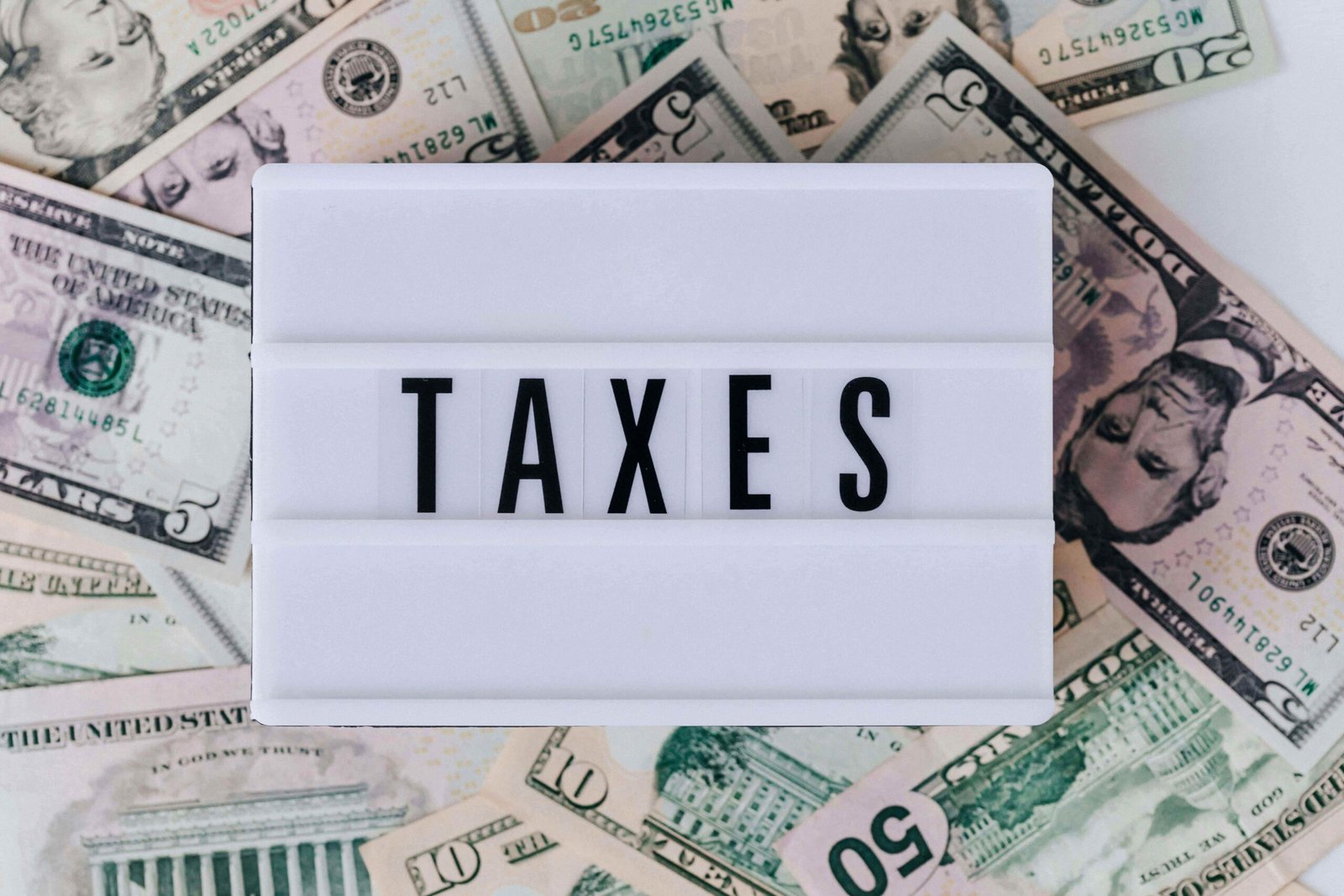Uh-oh! You’ve done it again. You’ve missed another IRS payment, and now you’re sitting there wondering, “What’s going to happen next?!” It’s easy to feel like you’re in the middle of a financial nightmare. But guess what? Don’t panic! Defaulting on your IRS payment plan isn’t the end of the world—even if it feels like the IRS is breathing down your neck.
Here’s the thing: The IRS is not out to get you. But they do want their money, and they want to make sure you stay on track. So, let’s break down exactly what happens next and, most importantly, how to get yourself back on track without all the stress.
🏁 Step 1: First Things First – Take a Deep Breath!
Before you jump to conclusions, remember this: You are not alone. Defaulting on a payment plan is more common than you might think. Life happens, unexpected expenses pop up, and before you know it, you’ve missed a payment. But hey, it’s not the end of the world! The IRS doesn’t just write you off because you missed a deadline—there are ways to get back on track.
What you shouldn’t do is ignore it. The IRS might send a notice, or worse, start garnishing wages or filing liens. But if you act fast, you can stop things from escalating.
📞 Step 2: Don’t Wait – Call the IRS ASAP!
I know, I know — no one wants to pick up the phone and talk to the IRS. But trust me, it’s the best move you can make. The sooner you call, the sooner you’ll know exactly where you stand. Here’s how to make that dreaded call less stressful:
- Be Honest: Let them know why you defaulted. Whether it’s a change in your financial situation, job loss, or just forgetting — the IRS can work with you.
- Ask for Options: The IRS has a lot of flexibility when it comes to payment plans. You might qualify for a modified payment plan, an offer in compromise, or even a temporary pause on collections if you’re really struggling.
Pro Tip: You Don’t Have to Do This Alone!
Not feeling confident about dealing with the IRS? No problem! You can hire a tax professional (like us!) to represent you and handle the negotiations. We speak “IRS” fluently and will fight to get you the best deal possible
- Failure-to-file penalty: 5% of your unpaid taxes per month, up to 25%
- Failure-to-pay penalty: Adds up alongside interest, increasing your debt
🔄 Step 3: Explore Your Options to Fix the Default
If you’ve defaulted again, don’t worry. There are several options to get you back on track:
1. Reinstate Your Payment Plan
Sometimes all it takes is a quick call to reinstate your old plan. This is the easiest and quickest way to get back in the game. The IRS might be willing to give you another shot at sticking to your original payment terms.
2. Modify Your Payment Plan
Life changes, and your payment plan should reflect that. If your financial situation has changed and you can’t afford the original payment amount, you can ask to modify your plan. You might be able to:
- Lower the monthly payment
- Extend the length of time you have to pay
- Change to a more affordable payment structure
3. Offer in Compromise (OIC)
If you can’t pay the full amount, you might qualify for an Offer in Compromise. This allows you to settle your debt for less than what you owe. It’s not easy, but if your financial situation is dire, it could be the solution you’ve been hoping for!
4. Currently Not Collectible Status
In some cases, if you’re experiencing extreme financial hardship, the IRS might allow your account to be placed in Currently Not Collectible (CNC) status. This means they won’t actively collect your debt for a period of time. But keep in mind, your debt doesn’t go away — it’s just on hold.
🛑 Step 4: Don’t Let This Happen Again – Here’s How to Stay on Track
Now that you’re back on track, the last thing you want is to default again. Here’s how to avoid making this a recurring nightmare:
1. Set Up Autopay
Set your payments on autopay so you don’t even have to think about it. The IRS offers automatic payment options, which makes it super easy to stay on track. Just make sure you have enough money in your account to cover it!
2. Create a Budget You Can Stick To
It’s important to budget carefully so that your IRS payment is factored into your monthly expenses. If your payment plan is a bit too much to handle, don’t be afraid to request a modification. The IRS wants you to succeed!
3. Review Your Tax Situation Regularly
If you get a raise, lose your job, or have any major life changes, be sure to revisit your payment plan. The IRS is willing to make adjustments if you need them, but you have to keep the lines of communication open.

💪 Step 5: Need Help? We’re Here for You!
Dealing with the IRS can feel overwhelming, but it doesn’t have to be. Whether you’ve defaulted once, twice, or even more, we can help you navigate the process and get back on track. The IRS is tough, but with the right strategy, you can tackle your debt head-on and get it under control.
If you need expert help with IRS payment plans, negotiating your debt, or just need peace of mind, we’ve got you covered!
🎯 Ready to Get Back on Track? Book Your FREE Consultation!
Don’t wait — the IRS doesn’t stop. Take action now and let us help you fix your payment plan, get relief, and avoid future defaults. You don’t have to do this alone!
📅 Schedule Now
🌐 Visit Us at worldtaxcpa.com


